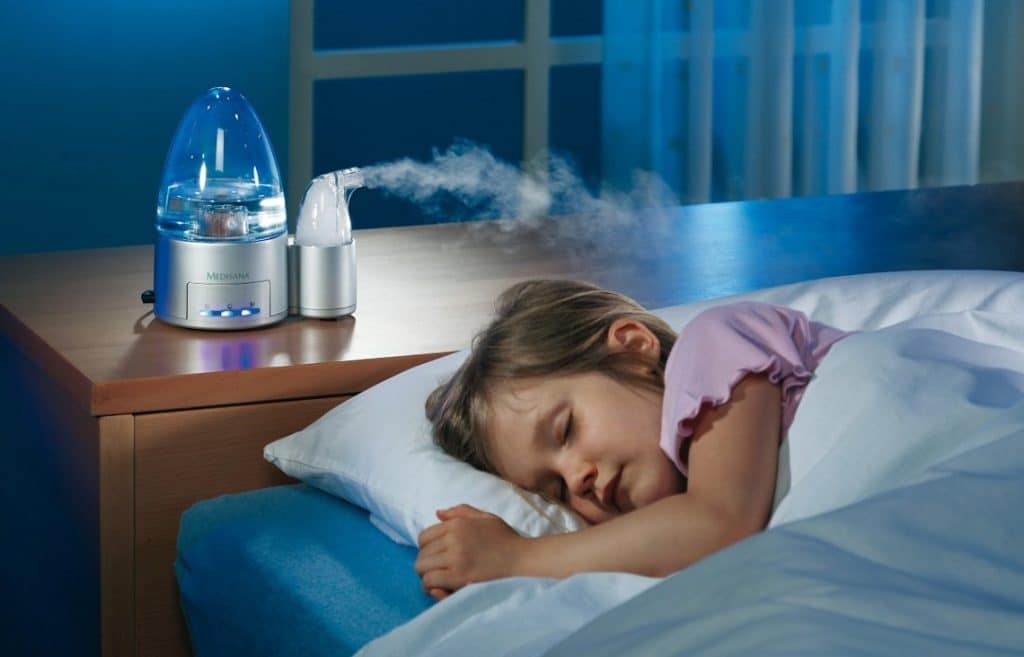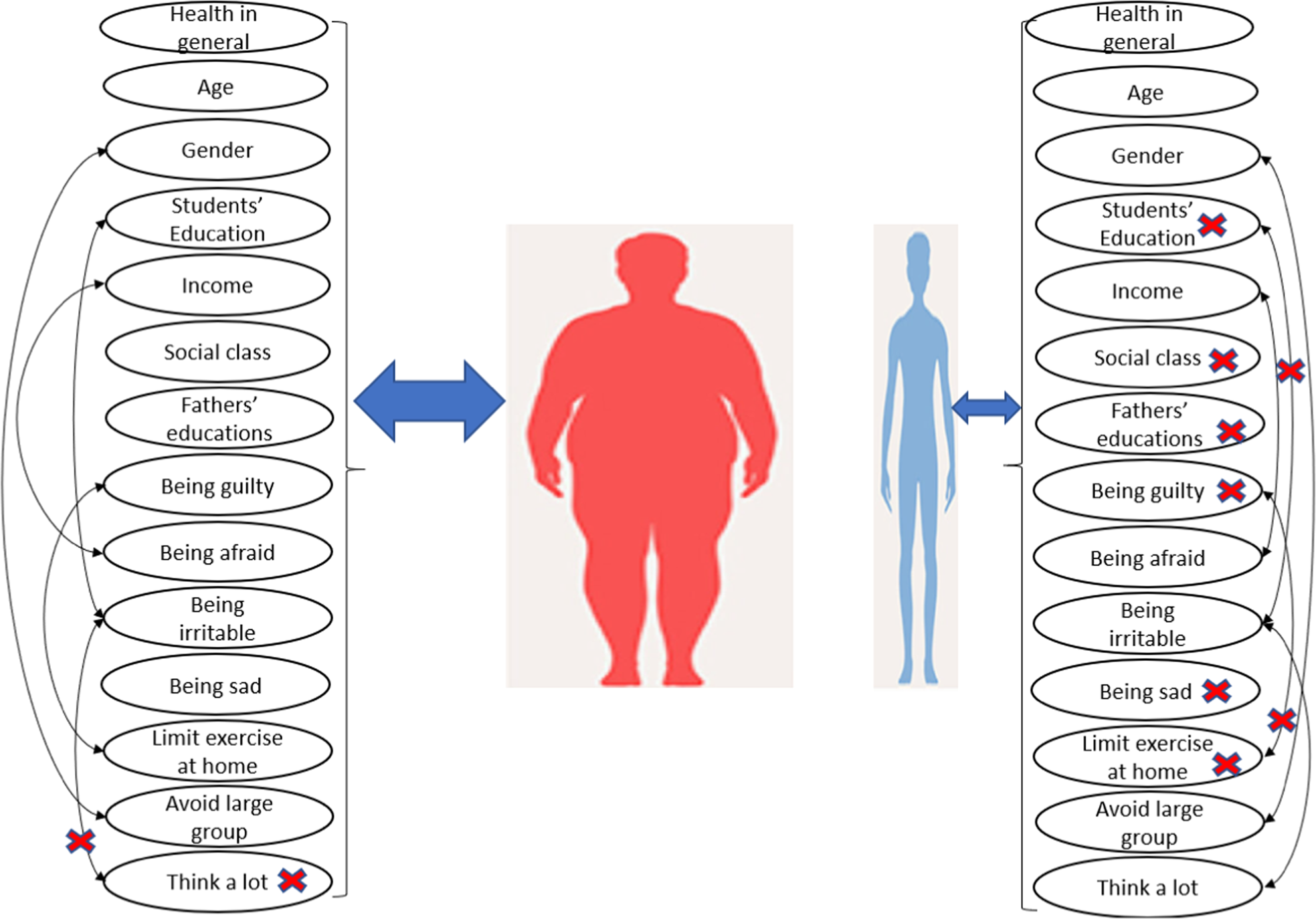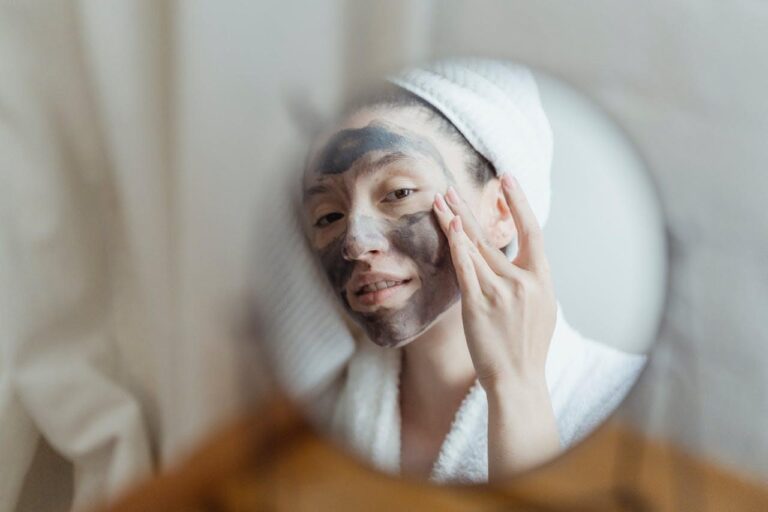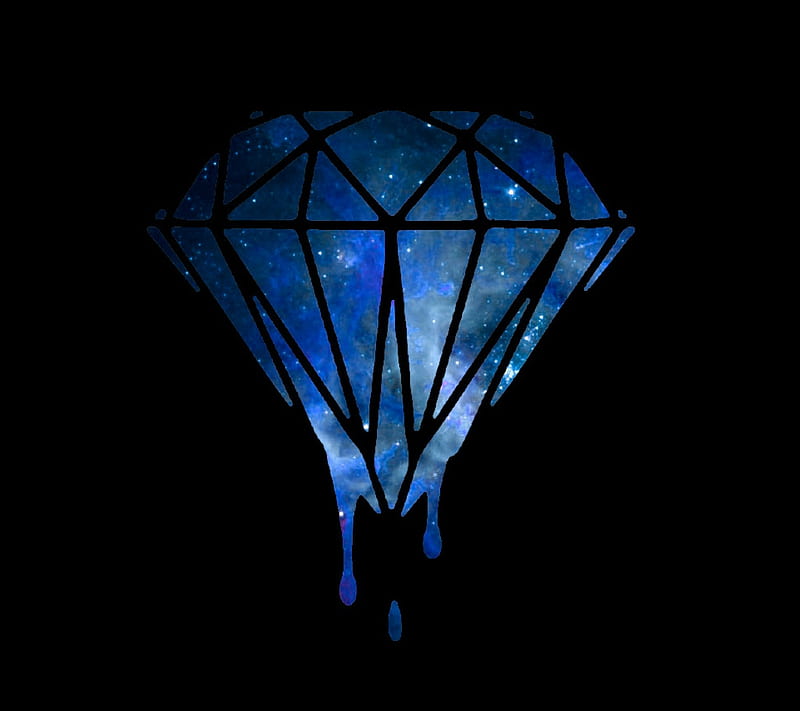
Mothers-to-be, especially first-timers, prepare for the arrival of the baby more than the second coming of Jesus. Setting up the nursery four months prior, getting toys, outfits, navigating across web pages day and night to get the baby a mindblowing name (Does that word even sound right?), and even making friends for the much anticipated little one.
However, they often forget that the newborn will constantly fall ill, suffer colds, coughs and congested noses. Unfortunately, using over-the-counter medicines for the cold is literally killing the baby.
How then do you get the little one to sleep when he can’t even breathe? Using a humidifier for baby congestion. It releases a mist of moisture in the air, giving the baby an easy time breathing and also decongesting their nose. Pediatricians recommend humidifiers, so when stocking the baby nursery, you ought to consider buying one.
Table of Contents
What Are The Benefits Of Using A Humidifier For A Baby?
A humidifier is a key to having a healthy, bouncy baby. You see, dry air, whether occurring naturally or caused by electrical appliances such as heaters, is particularly unsafe for babies. By using a humidifier, you moisturize it, purify it and make it safe for your baby. Here are some of the health benefits coming along with humidifiers.
Protects the baby against colds- Pose this question to yourself: If dry air causes runny nose, congestion, sore throats, coughs, and all nasty symptoms in adults, what of toddlers? A humidifier for baby cough re-moisturizes the air, optimizing it for smooth breathing, and in turn, stumping out the risk of contracting a cold. Easy breathing is also affiliated with easy sleeping and resting.
It prevents nose bleeding- The nostrils of a baby are delicate and may not withstand dry, rough air. By making the air moist and smooth to breathe in, a humidifier keeps nose bleeds at bay.
It keeps the baby’s skin soft- If the air your baby is exposed to lacks moisture in it, he is likely to suffer eczema, acne or irritated skin. Dry air can also result in dry, cracked lips, dry eyes and patches on the hands. A humidifier makes sure your baby is only in contact with moist air, leading to moist, tender skin.
It gives the baby a good sleep- Your baby will also benefit from the white noise the humidifier adds in the nursery. This soft, soothing noise resembles the squishy sounds the baby was used to in the womb. This makes him catch sleep quickly and stay soundly asleep. Apart from taking the baby back to the ‘good old days’, the white noise also combats other external noises that may otherwise give him a hard time sleeping.
It keeps the nursery warm- Moisture, whether warm or cool, generally higher the temperature of a room. This makes the place more comfortable for the kid and also lowers the chances of catching a cold.
Types Of Humidifiers
Humidifiers for baby cough can broadly be categorized as cool mist or warm mist.
Warm mist humidifiers- They heat the water before turning it to vapor and releasing it in the air. They are effective in loosening mucus and decongesting the nose. If the baby is experiencing coughs and heavy mucus, this is the best choice.
However, doctors discourage them because they may cause burns and are dangerous if the baby plays around with them. If you opt for a warm mist humidifier keep it out of the baby’s reach.
Cool mist humidifiers- As the name suggests, they release a cool vapor. They are better recommended than warm mist humidifiers because they are risk-free and don’t cause burns. If you want a humidifier for baby congestion, a cool-mist humidifier is the best alternative.
Depending on the size, humidifiers for babies can further be classified into:
Tabletop humidifiers- Tabletop humidifiers are the smallest, most portable and cheapest humidifiers for baby nurseries. Due to their small size, they can only serve the room they are located in. They are convenient especially when you need to swap rooms for the baby.
Console humidifiers- As opposed to tabletop humidifiers, console humidifiers are bigger and can emit moisture for larger rooms. They hold more gallons of water, asking for fewer refills. They are, however, less portable and more expensive. If you share a large bedroom with your baby, consider buying a console humidifier.
In-duct humidifiers- They are the most expensive but come along with many benefits. They are installed in the building’s air ducts, providing moisture, not only for the baby, but for the whole family. An installation expert is required to set it up.
Tips On Using Humidifiers For Babies
While there is a lot to benefit from humidifiers, they can cause harm to the baby if the right precautions are not observed. To keep your baby out of any hazards, and to utilize the humidifier to the maximum, use the following tips:
Regularly clean the humidifier- The inside of a humidifier offers a good habitat for mold and bacteria. When not gotten rid of, they can be released in the air and cause health complications to the baby when breathed in. It is recommended that you thoroughly clean your humidifier at least in a week. Disassemble it and wash off any residue build-up in the nozzle, tank or base for safety purposes.
Before reassembling the humidifier, let it air dry. This reduces the chances of bacteria growing.
It is also recommended that you empty the tank and refill it with fresh water daily.
Cleaning the humidifier regularly also ensures the smooth running of the unit, moisturizing the air to the maximum.
Place it at the right point- This applies mostly to those using warm moist humidifiers. Due to the presence of heating elements, they can be particularly dangerous to babies. Place them at least 3 feet from the ground or in a spot the child can’t reach. Also, ensure that the power cord is out of the baby’s reach.
Placing the humidifier at the right spot also ensures that it properly releases vapor in the nursery. The nozzle should always face the room and away from the power source.
Use the right water- Distilled water is the best recommended for baby humidifiers. Tap water, which is the cheapest and readily available, contains many contaminants and may cause scale buildup in the tank. This may cause the release of impure mist in the air.
Fill the humidifier with only cold water as recommended. Hot water leads to scale build-up that provides a good habitat for mold and bacteria.
Moisten the air to the optimal point (Not too high)- Too much of something is poison. The humidity levels in the nursery should not go beyond 40%. If it passes this, then expect moisture deposits on surfaces. This provides a convenient breeding ground for the bacteria.
Use a certified, high-quality humidifier- Not all humidifiers are safe for your baby and will perform satisfyingly. Get one that has been verified and passes industry standards. Check out the best humidifiers for babies here.
How Close Should A Humidifier Be To A Baby?
A humidifier doesn’t need to be placed so close to the baby for it to work. Actually, this might make the baby breathe in excess moisture, leading to sneezing and coughs. A distance of at 2 feet from the baby is recommended. It should also be placed at a spot high enough and out of the baby’s reach.
Does A Baby Need A Humidifier In Summer?

Although it might sound a bit odd to use a humidifier in the summer, it is quite important. Summer is the season of ultimate heat which is accompanied by allergies, irritated skins and runny noses. Keeping the air conditioners ever on makes the condition much worse. This doesn’t spare the baby at all.
Luckily, it can be countered by keeping the air moist using a humidifier.
How Long Should The Humidifier For Baby Remain On?
It is safe to leave the humidifier running all night. It lulls the baby to sleep and keeps him sound asleep all through the night. However, make sure that the mist levels aren’t above 40% and there is a safe distance between the humidifier and the baby.
A humidifier for baby cough or congestion is a vital member in the baby nursery. Prevention is better than cure, so get a humidifier to keep your baby from the grave effects of dry air. Even if the damage is already done, you can still use the equipment to ease off the cold a little for the young one.


:max_bytes(150000):strip_icc()/hypersexuality-f7219c0faf93488b82402d4f9d20e454.jpg)


